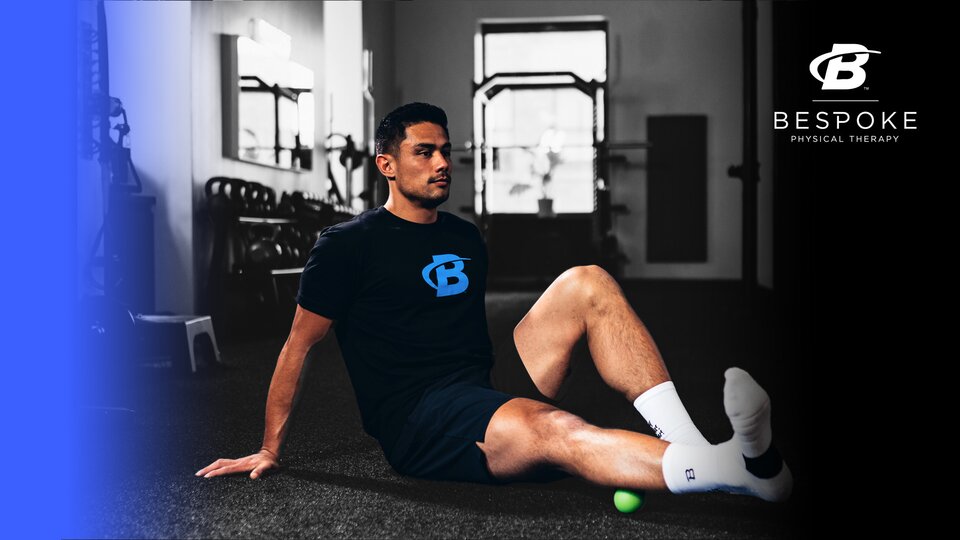Products You May Like
A majority of our waking hours include being on our feet. Whether it’s walking, running, exercising, or even just standing in place, we spend a lot of time on our feet. When we talk about overall balance and stability, the foot/ankle complex plays a large role in making sure we don’t fall over. With over 70 muscles, bones, and joints in each foot and ankle, it is imperative that we incorporate isolated training protocols to ensure our feet are working optimally and efficiently. Throughout this article, I will be highlighting key components of a foot and ankle routine that should be incorporated on a daily basis. These include increasing sensory reception of our feet and increasing intrinsic muscle activation. (1)
Sensory Reception
Whether you know it or not, your feet are always adapting and adjusting to the environment around you. Thousands of small adjustments are being made at all times to maintain your balance, and this is done in part by small receptors throughout your foot that send these signals to the brain. (2) This is why it is imperative to continually stimulate your feet to ensure they are always ready to adapt. A quick and easy way to do this on a daily basis is to simply roll out the bottom of your foot with some type of ball. Rolling your foot with a golf ball, tennis ball, or even a baseball, will help to increase the sensory reception throughout the bottom of your foot, which will allow for improved balance and stability throughout the day. (3)
Intrinsic Muscle Activation
Now that you have increased the sensory reception of your foot, it’s important to promote activation of the small intrinsic foot muscles that will assist with stability. This can be done simply by doing daily single leg balance practice while barefoot. Standing on one leg is an easy way to really challenge your foot’s ability to adapt to changes, and being barefoot will make it that much more challenging. (4) You should aim to perform 1-2 sets of single leg balance for as long as possible.
With just a few simple exercises completed on a consistent basis, you can improve the way your feet and ankles adapt to the surfaces around you. This can then lead to better balance, stability, and even improve your athletic performance. For a complete, in-depth foot/ankle stability routine, check out the BodyFit app.
References:
-
Kelly, Luke A., et al. “Intrinsic foot muscles have the capacity to control deformation of the longitudinal arch.” Journal of The Royal Society Interface 11.93 (2014): 20131188.
-
Farris, Dominic James, et al. “The functional importance of human foot muscles for bipedal locomotion.” Proceedings of the National Academy of Sciences 116.5 (2019): 1645-1650.)
-
Viseux, Frederic, et al. “How can the stimulation of plantar cutaneous receptors improve postural control? Review and clinical commentary.” Neurophysiologie Clinique 49.3 (2019): 263-268.
-
Korchi, Karim, et al. “Enhancing foot somatosensory inputs by barefoot practice optimizes the effects of physical activity on plantar sensation and postural control in institutionalized older adults: Pilot study.” Journal of aging and physical activity(2019): 1-14.)
